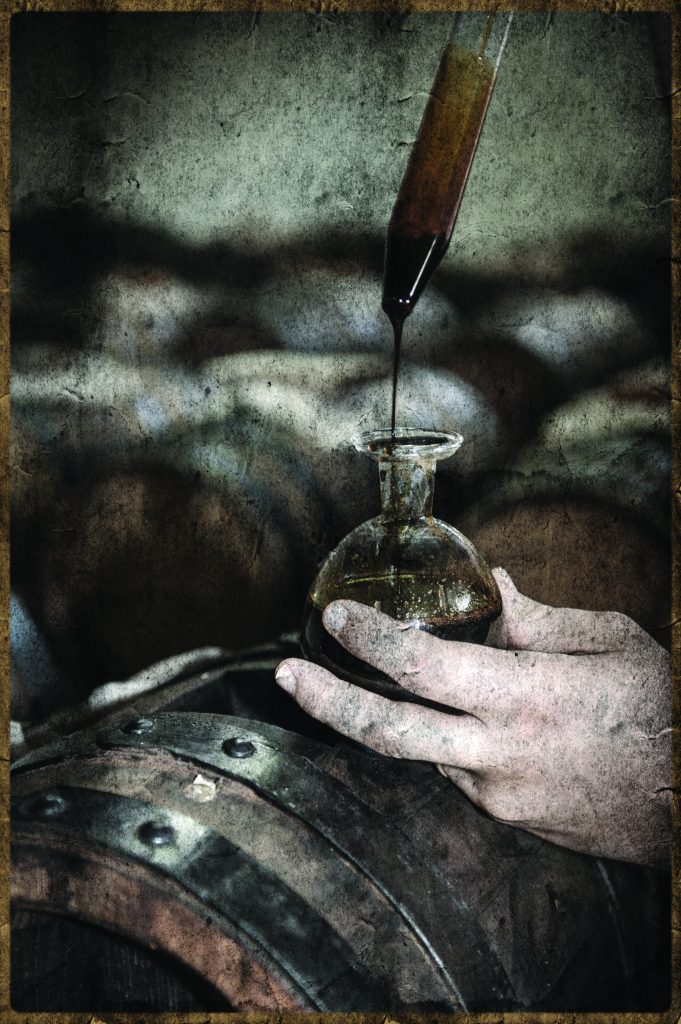Chat With Eleazar Crespo of The Olive Oil Dispensary, Burlington
By Anneliese Lawton
How are balsamics made?
Balsamic vinegars are made using certain grapes from the region of Italy called Modena. The grapes are first cooked at specific temperatures, and then stored in wooden barrels and aged to the desirable number of years. During the aging process, a method known as the Solera system is used, which involves moving the product from one barrel to another in sequence from youngest to oldest throughout the years. This maintains the production of the balsamic, and also adds to the complexity of flavour.
What are the different types of balsamics?
There are two main types: dark and white balsamic vinegars. They differ due to varying steps in the production process, such as cooking temperature, type of barrel, and duration of aging. For example, the inside of the wooden barrels can be charred prior to adding the vinegar, which is part of the production of dark balsamic vinegars. Once the process is complete, the vinegar is ready to be consumed in the traditional way, or to be made into infused balsamic vinegar with the addition of natural flavours.
How should one choose a balsamic?
The best way is by your own taste! Taste test as many types as you would like in order to find the one that suits your palate.
Besides salads, what can balsamics be used for?
So many things! They are versatile in cooking and can be used as marinades, glazes, sauces, and stir fry. Balsamics are great for drizzling on dishes as a finish, such as pizza or veggies. Because many have a natural sweetness, they make an excellent addition to desserts, such as a drizzle on ice cream. They can even be used in drinks, such as cocktails, or added to water for flavour.
Why are some thick while others are thin?
The viscosity of the balsamic vinegar is affected by variables in the production process, including cooking temperature and time, as well as storage conditions and the duration of aging. Dark balsamics are thicker and sweeter than white balsamics. The sweetness comes purely from the natural sugars in the grapes.
How long can I keep balsamic?
We typically suggest consuming balsamic vinegars within a year, but if stored properly they can last much longer. Balsamic vinegars should be stored in a cool, dark place such as a cupboard or pantry. Direct heat and sunlight on the bottles should be avoided.
What is your favourite recipe or way to use balsamic?
This is a tough one – there are so many it’s difficult to choose just one! I definitely love homemade pizza topped with pear, gorgonzola cheese, and candied pecans, finished with a drizzle of our Cinnamon Pear Infused Dark Balsamic vinegar just before eating. My wife loves making healthy desserts such as yogurt and berries drizzled with Dark Chocolate Infused Dark Balsamic vinegar, although I frequently catch her sipping the Espresso Infused Dark Balsamic vinegar straight!

